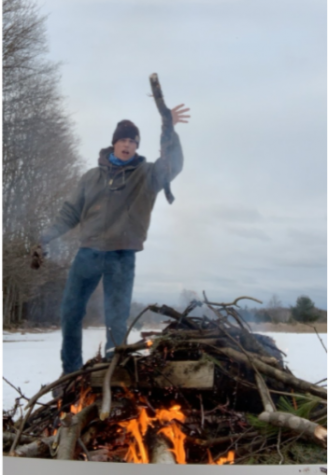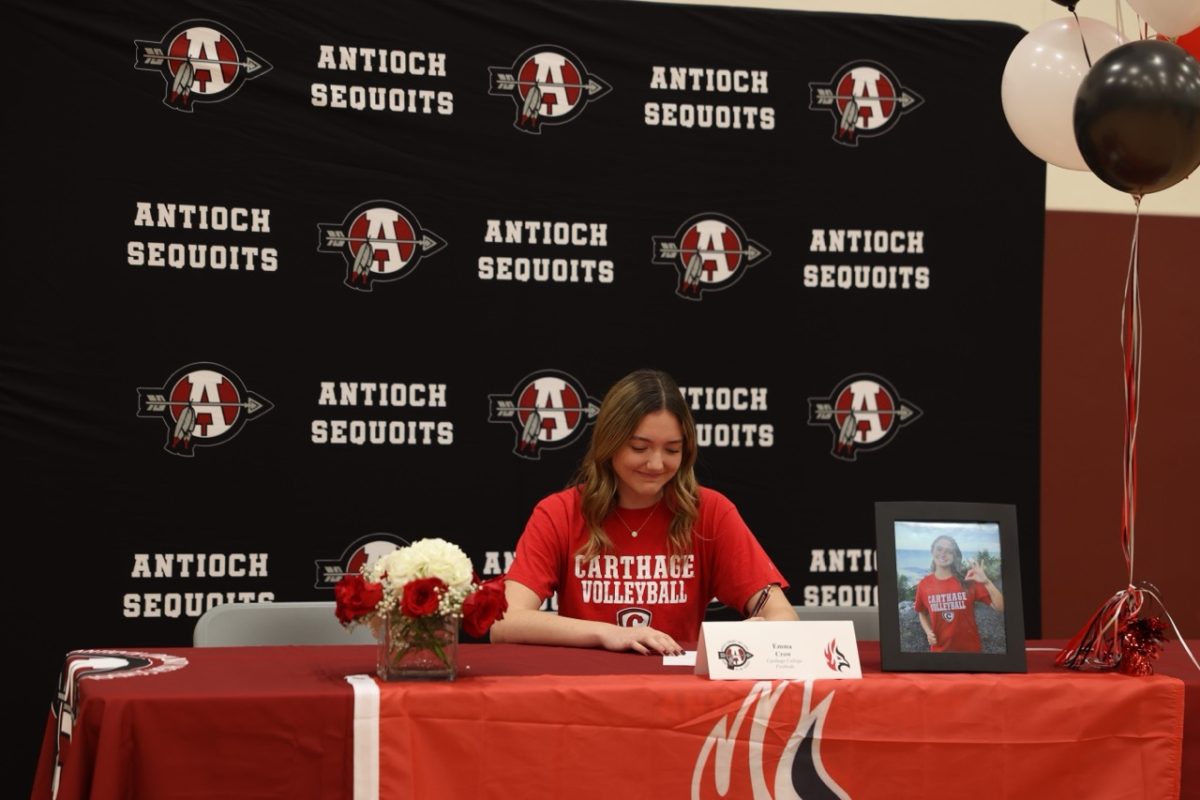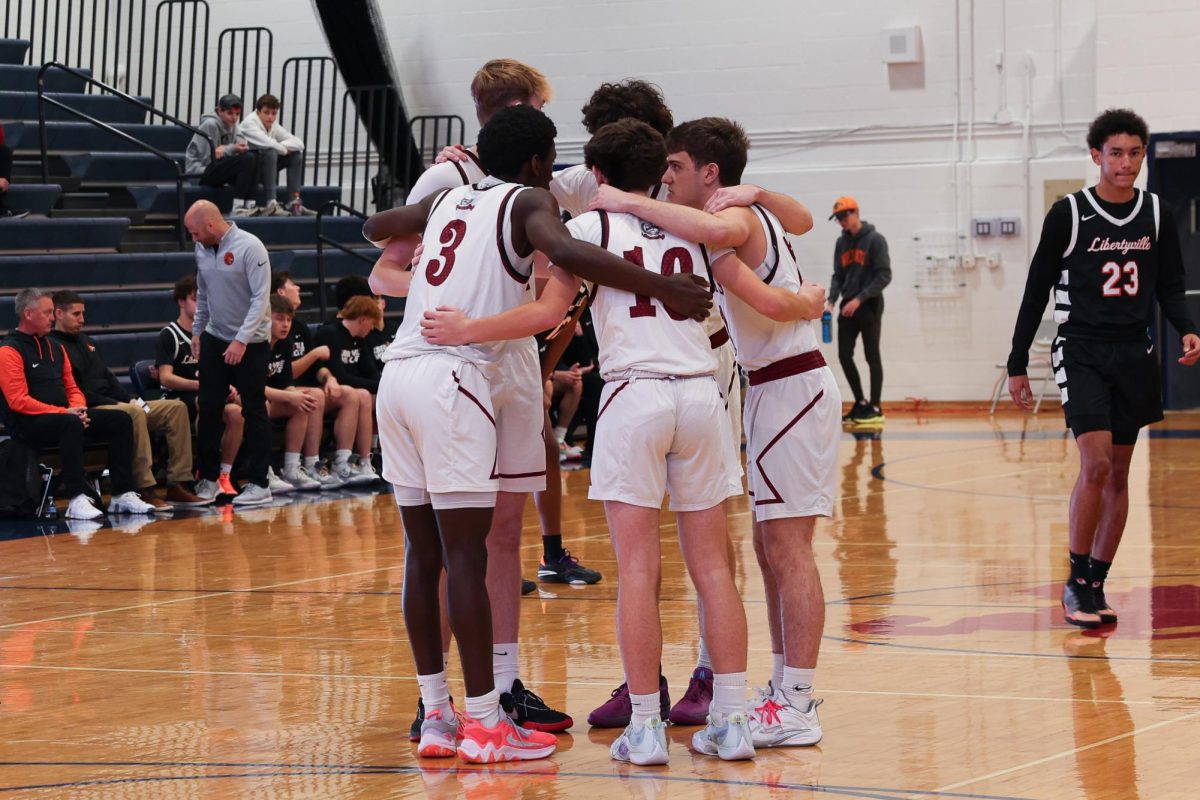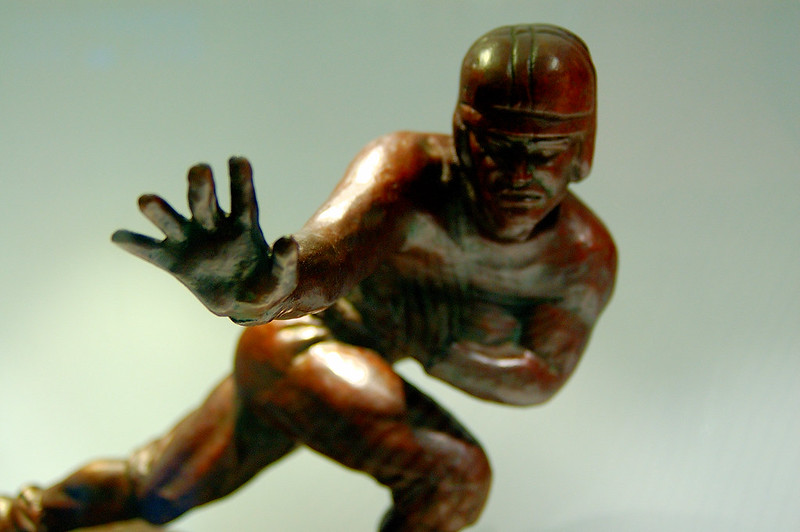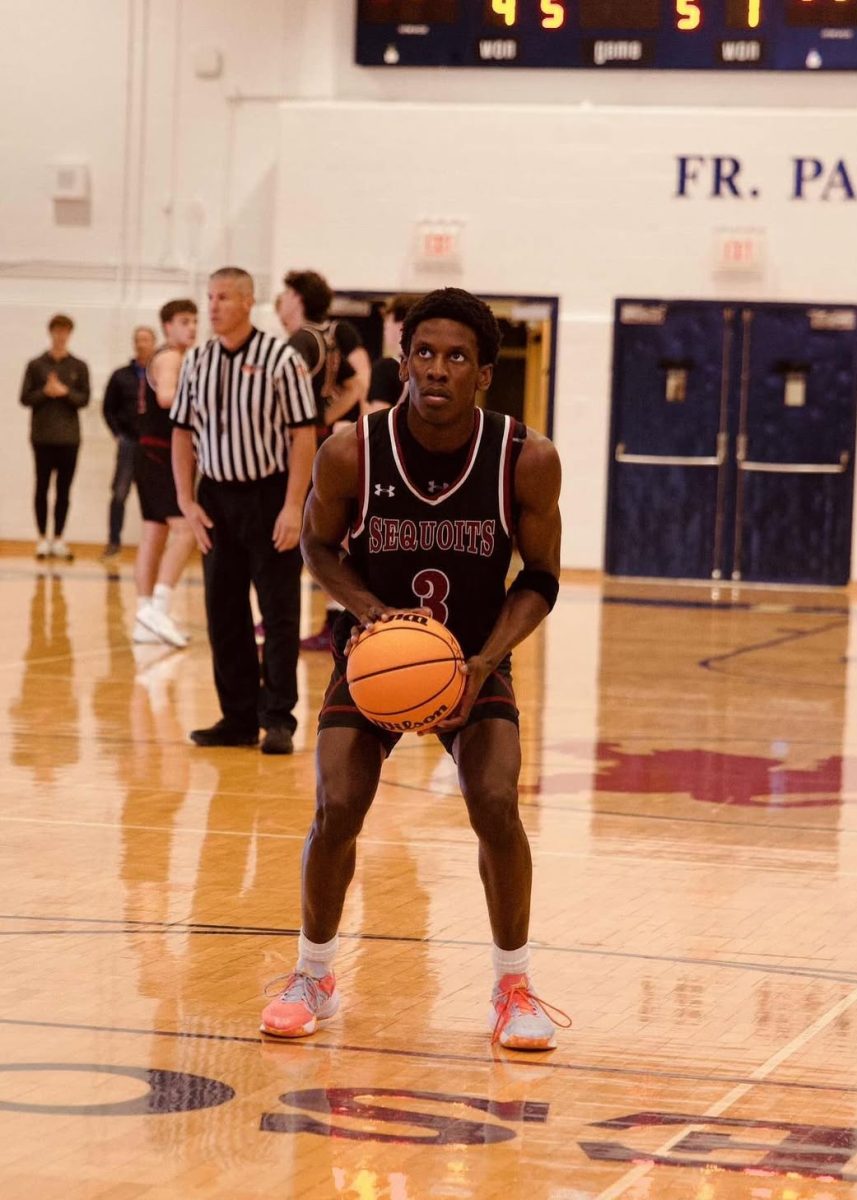The alarm clock goes off; the house is quiet; outside seems lifeless, other than an occasional owl hoot bouncing through the timber. The golden sunrises and smells of the wild. It is fall. It is hunting season.
Finally, it is the time of year outdoorsmen and wild-game eaters are excited for, where tradition through generations continues or begins. Fall is the time where hunters across the United States put in their therapy hours in the hardwoods or on the duck waters. Hunting season is approaching fast, and camo apparel starts to make the annual comeback throughout the midwest.
Most deer-hunting seasons started or will be starting in the next few weeks. In Illinois, the opening day of archery season is October 1, and just over the tension line into Wisconsin, began September 12. Hunters enter the field with the same mission: to come out successful, with either a harvest or a memory to tell years down the road.
Antioch Community High School senior Ethan Andrews mentioned a memory he will remember throughout his life.
“I got involved in hunting when I was basically born,” Andrews said. “My dad had me in a car seat in a treestand with him, and from there, I just grew up to love it.”
Deer hunters can vary; some may hunt the traditional gun season, typically late November, and some deer hunters will sit in the woods every day until December or January. Some may only use their free time to bow-in-hand when the whitetail deer mating period, “The Rut,” in the late October to mid-November portion of the season.
For the waterfowl, duck and goose hunters, the season typically starts late September or early October. Duck and goose hunters have been spotted already taking full preparation in the offseason.
“In the offseason, I like to practice calling (ducks/geese) and training my dog,” waterfowl hunter Shannon Locklear said. “Both are essential elements of a successful hunt. Training the dog is just a fun experience to bond with him; it pays dividends on hunts when finding crippled birds.”
Many green, tan and camo boats are making the voyage to hunting waters. These boats are covered in natural foliage to benefit the hunters in camouflage and concealment from cx the birds above. This technique is referred to as “Brushing in the Blind,” which becomes home for waterfowl hunters.
Alongside these hunting seasons, there is the fall turkey season that may often be overlooked by some. Turkeys typically will slow down and stay in the shady areas for most of their summer after an active spring mating season. Male turkeys, also known as a Big Tom, will start to make their appearance again, socializing with the rest of the flock in the region. Turkeys may be seen in abundant numbers from three up to forty, depending on the food sources and turkey population in the area.
Wisconsin started the turkey season on September 12. They are taking a new approach to the flocks, giving hunters the right to shoot a male or female, as the females have already raised their batch from the spring and allow the use of dogs to track and trail turkeys. Wisconsin has a larger turkey population than other neighboring states; therefore, they can afford to take these measures.
The small game season is a great traditional season to participate in. It is generally fun for both new and experienced hunters. The small game consists of rabbits, squirrels and other small animals.
“Because all the stores and butcher shops do not have the quality of products that I desire, harvesting a wild animal on my own is the best alternative to cater my needs,” ACHS alumni Lucas Holmes said.
This season has many hunters anxious to put miles on their boots. As the temperatures in the midwest are dropping at night, making wildlife prone to early morning migration, it will be an exciting season.



